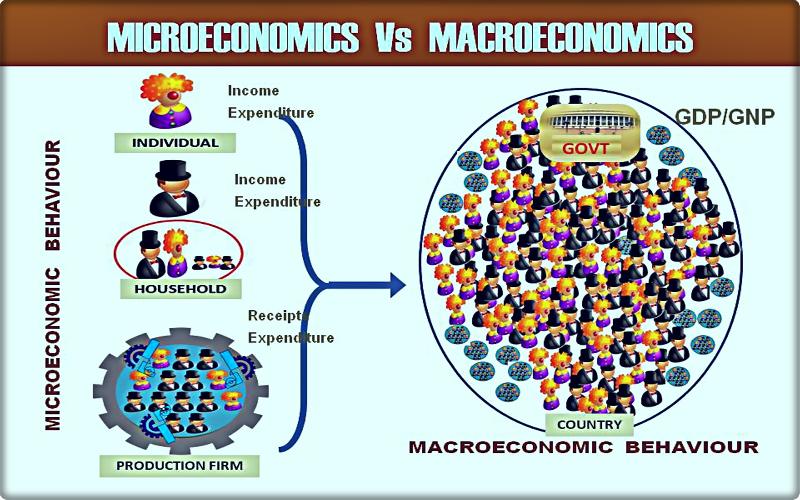

Completing a sale on an e-commerce site.Some examples of macro-conversions include: You can think of macro-conversions as end goals, which typically culminate in a customer buying your product or service. How Micro-conversions Differ from Macro-conversionsĪs their names imply, micro-conversions deal with smaller conversions and macro-conversions deal with larger ones. To get the most out of them, you need to track and measure them. These are your micro-conversions – and they’re crucial to engaging leads and moving them through your sales funnel.
MACRO VS MICRO CONVERSIONS DOWNLOAD
They’re there to compare prices to do research to download a product sheet to read a blog post or to get support.

The fact is, people don’t just visit your site to make a purchase. making a sale), and not drilling down deeper, you might be leaving money on the table. There’s nothing wrong with that but if you’re just focusing on conversion rate at the macro level (e.g. Want to learn more about micro and macro conversions, building your brand, and finding new audiences for your products and services? Contact Logical Position for a consultation and exploration of what we can do for you.How do you measure your website’s success? For most people, the answer is conversion rate, a key metric that represents the percentage of visitors who take a desired action on your site, such as making a purchase. Once that is accomplished, however, there’s usually room to explore pushing for greater email capture and the like. Logical Position ensures primary conversion actions and transactions are dialed in first, because generating leads and revenue is the meat and potatoes of ecommerce. What to Watch Out ForĪs a word of caution, before dabbling in micro conversions, concentrate on macro conversions first. Whichever micro conversions you choose to pursue, all are great for tracking and optimization. Encouraging people to join a loyalty program is another way to build a firm foundation for future purchases as well. Email capture is always a plus, as are sign-ups for newsletters. Typically, with micro conversions, we’re largely optimizing for leads or to get calls and forms filled out for ecommerce purchases. Finally, micro conversions include incomplete purchases, items added to a cart, product page views, and so on.

Other common and measurable micro conversions involve social media content whenever someone shares a link or creates content featuring your brand, site browsing data, and video views provided on your site or social media. Other specific micro conversions include comments left on your blog posts and articles featured on your site, which can provide contacts and helpful info. Email newsletter sign-ups are in the same category. If they care enough to give you their contact information, they’re expressing interest in you, and want to be kept in the know about future products, offers, news, and more. What are a few examples of micro conversions? As mentioned above, a big one is getting people to sign up for your email list. They may not be the sale you were shooting for, but they can be built on to increase the odds of future macro conversions. The big idea behind micro conversions is that they are a form of engagement with potential customers. Regardless, micro conversions can’t be entirely dismissed and can be applied toward your greater goals. All well and good, though some marketers use them as a “get out of jail free” card to make underperforming campaigns sound like they’re succeeding.


 0 kommentar(er)
0 kommentar(er)
